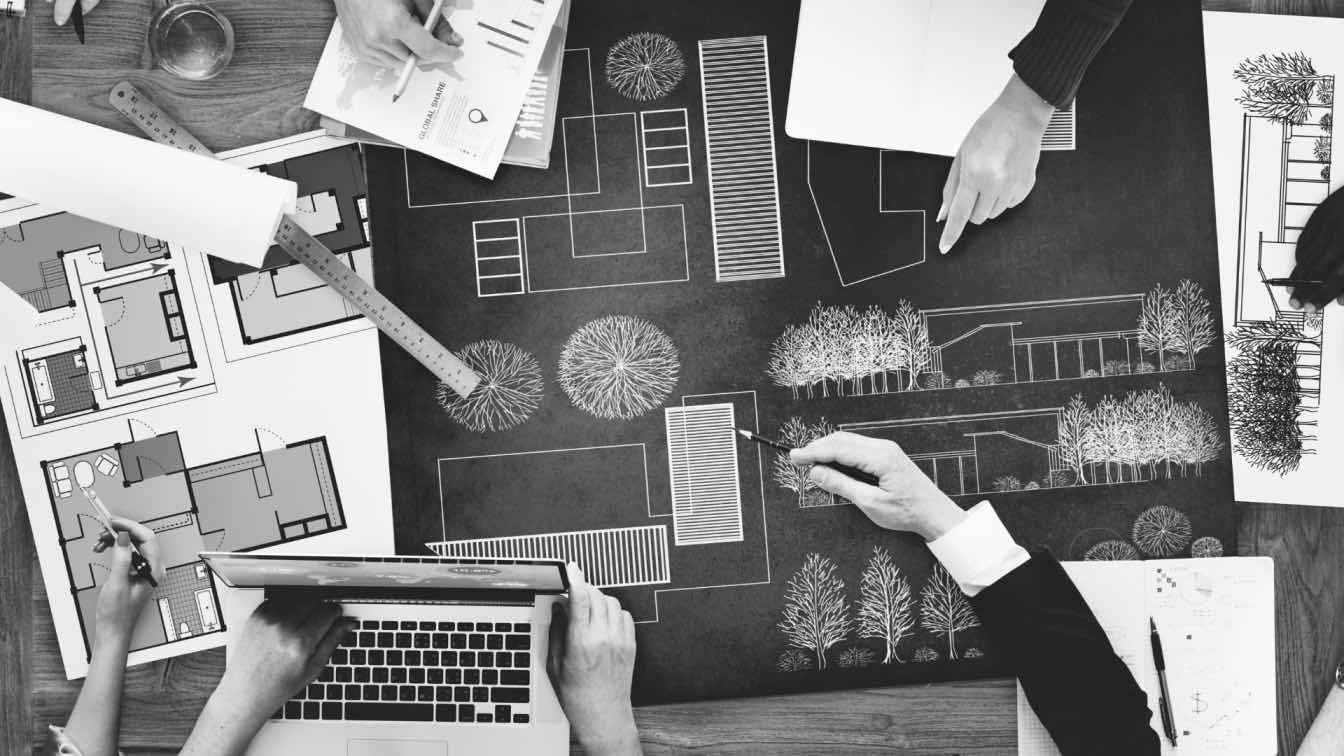Creating a high-end, luxe architectural project can be a thrilling venture. However, to ensure it meets your requirements, it must be meticulously planned out.
From the initial concept to the final touches, this guide provides insights into the key stages of planning a high-end project.
Define your vision
The first step in planning any architectural project is to have a clear idea of what you want to achieve. This involves developing a comprehensive brief:
1. Outline the style you have in mind
The style will act as your guide. It will help you choose materials, and functionalities, as well as any specific features or amenities you wish to include. Whether you're aiming for a contemporary minimalist design or a classic, stately aesthetic, being specific with your requirements will guide the entire design process.
2. Consider both the immediate goals and the long-term potential
Having goals in mind can help steer the project and form the basis of the brief. For example, luxury projects with high-quality materials and unique architectural features often have increased resale value. Think about how adaptable the space may need to be in the future; incorporating flexible design elements can make a property more valuable over time.
Selecting the right team
Start by hiring a reputable and experienced architect who shares your vision and has a portfolio that matches with your goals. A good architect will not only translate your vision into feasible plans but will also bring fresh ideas to enhance the project.
In addition to your architect, hire skilled contractors and builders who have experience with luxury projects. Attention to detail and quality craftsmanship are essential in high-end builds, so be selective and check previous work and references carefully.
It’s also worth considering working with an interior designer and a landscape architect who can ensure that your property’s interiors and exteriors complement the architectural vision.
Budgeting and financial planning
Developing a comprehensive budget will help you keep the project on track financially. This will need to cover construction costs, materials, labour, and any required permits. Be realistic about expenses and ensure that all items, from the foundations to the fixtures, are accounted for.
Financing options for luxury projects can include loans, private financing, or equity investment if multiple parties are involved. Establishing a contingency fund is crucial; even with careful planning, unexpected costs can arise, so having an additional 10-15% set aside can prevent delays and keep your project on track.
Project management and supervision
Effective project management is essential to bring your vision to life on schedule and within budget. Create a project timeline that outlines every stage of the construction, from groundwork to the final finishes. A clear schedule will help prevent delays and allow for adjustments as needed.
Regular site visits are crucial to monitor progress and ensure that work meets the project’s specifications. Address any issues promptly to avoid costly rework down the line and use project management tools, such as construction scheduling software, to enhance efficiency.
To optimise the construction process, hiring modular buildings for use on-site can offer secure storage for equipment and materials, as well as a designated area for workers. This approach can enhance site organisation, minimise the risk of theft, and provide a break area for contractors.
Planning a luxury architectural project is a journey that requires vision, organisation, and the right team. You’ll soon be well on your way to creating a one-of-a-kind property that reflects your personal taste and lifestyle.





